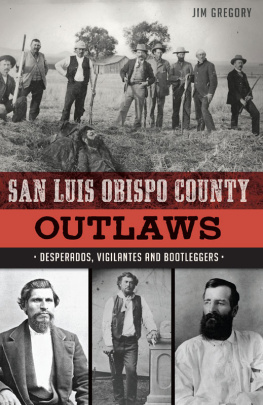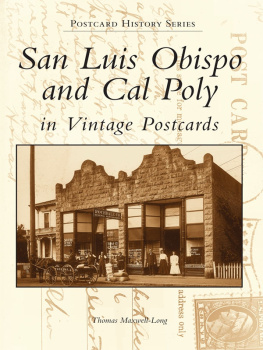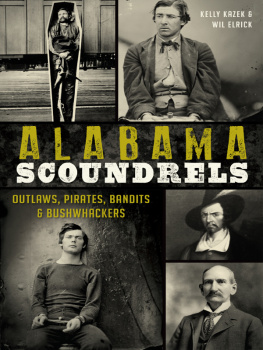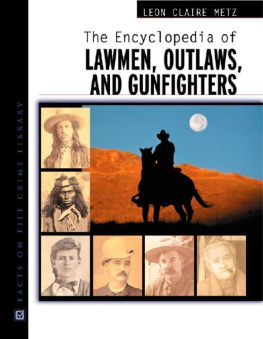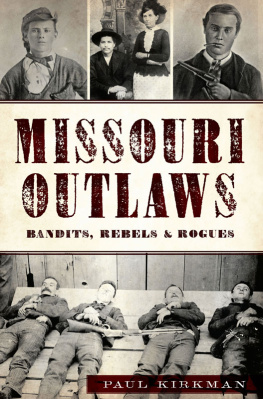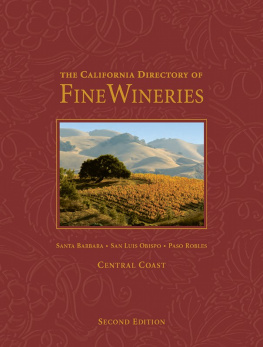
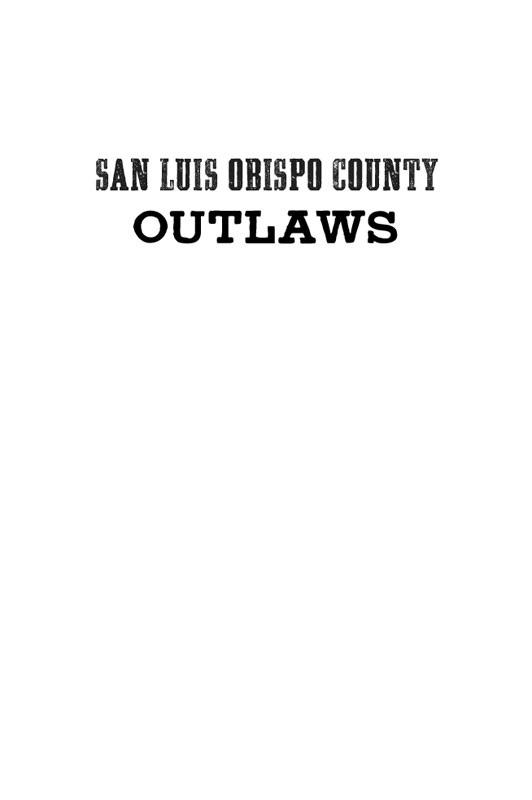

Published by The History Press
Charleston, SC
www.historypress.net
Copyright 2017 by Jim Gregory
All rights reserved
First published 2017
e-book edition 2017
ISBN 978.1.43966.300.4
Library of Congress Control Number: 2017945021
print edition ISBN 978.1.62585.926.6
Notice: The information in this book is true and complete to the best of our knowledge. It is offered without guarantee on the part of the author or The History Press. The author and The History Press disclaim all liability in connection with the use of this book.
All rights reserved. No part of this book may be reproduced or transmitted in any form whatsoever without prior written permission from the publisher except in the case of brief quotations embodied in critical articles and reviews.
This book is dedicated to historian Dan Krieger and to two wonderful women named Elizabeth. Dan married one of them and I the other.
CONTENTS
ACKNOWLEDGEMENTS
When I first met Dan Krieger, he was my European history professor at Cal PolySan Luis Obispo, and the problem with Dans class was that he was such a superb storyteller that I would stop taking notes and listen, transfixed, to the stories. I am not ashamed to say that I stole some of the best ones and used them during my thirty-year teaching career at Mission Prep in San Luis Obispo and at Arroyo Grande High School, where I would teach Advanced Placement European history.
The same holds true for this book, as a quick glance at the bibliography will confirm. Dans expertise on San Luis Obispo County history, including his encyclopedic knowledge of the dangerous 1850s, was an important starting point. In learning from Danfor me, writing books is yet another chance to learn new things, and I never tire of thisI was able to rediscover the love I have for the county where I grew up and where I live today. Dans wife, Liz, fills their home with a sense of welcome and with books. And books. And more books. Liz, a retired childrens librarian, has the same love for learning and the talent for kindling that love in others that my Irish American mother had. Lizs wonderful curiositylike Lincolns ambition, a little engine that knows no restis miraculous and inspirational. So this book, by a teacher, is dedicated to two of the most excellent teachers anyone could hope for.
As always, I owe so many debts that I am worried I will miss some, and I probably will, but I owe the biggest debt to my wife, Elizabeth, who is forced to tolerate the kind of writer who works rather obsessively. Like our three dogsthat would be Mollie, Wilson and Brigidonce I get a rawhide chew in my mouth, I refuse to let it go. It was that way with this book, and she put up with me during the months when it was being researched and written. I was, as I often am, vaguely lost somewhere in the wrong century. Thank you, Elizabeth.
Other debts are owed: Thanks to my ever-cheerful and encouraging editor at The History Press, Laurie Krill, for being in my corner always, and to copy editor Abigail Fleming. Former San Luis Obispo County sheriff Tim Storton was generous with his knowledge, primary sources and photographs and is a good man to have a cup of coffee with. Eva Ulz and her staff, especially digital collections curator Aimee Armour-Avant, at the San Luis Obispo History Center were tolerant and helpful, as was Paul Provence of the South County Historical Society, always ready with both practical and moral support. Society curator Jan Scott, too, is a constant inspiration, including in her wonderful work in directing the Readers Theater that does so much to make South County history live again. Laura Sorvetti at Cal Polys Special Collections and Archives is a kind of hidden treasure who I must reveal here; she is incredibly knowledgeable. Thanks also to Yuriy Shcherbina of the University of Southern California Libraries; Marilyn Van Winkle of the Autry Museum of the American West; Barry Lewis, San Luis Obispo County Law Library; Brittany Bratcher of the Mission Santa Barbara Archives; California State Archivist Jessica Knox-Jensen; and three excellent historians and writers: Michael Redmon of the Santa Barbara Independent, David Middlecamp of the San Luis Obispo Tribune and Jeffrey Radding of the San Luis Obispo County Bar Bulletin.
As always, any mistakes I made in the research and writing process belong to me alone. I also know that I havent come close to telling all the stories there are to tell, but I had a duty to my editors to keep my story succinct, so that means some wonderful news: there are other books that will be need to be written by other writers. I also know I will disappoint some in failing to paint outlaws in a more favorable light, but this comes from the caution of someone whose passion, in college, lay in Latin American, and especially Mexican, history. I discovered, during my research, that Californios, or Californians of Mexican descent, were the victims of pernicious bigotry, and outlaws like Salomon Pico and Pio Linares became powerful symbols of resistance. But the overwhelming evidence of my research indicates that these men led violent lives that were supremely selfish.
I have tried my best, with inevitable lapses, to lead an unselfish life, and for that I thank the thousands of young people I had the honor to teach over the years. You are, of course, always in my heart, and this book is most of all for you.
PROLOGUE
THE MAIL RIDER
The sound of the horses hooves on the winter hardpan road punctuated the long ride, and as the sun set, the animals muzzle began to show steam because the cold came so quickly. Now it was dark, and its rider had to admit that it was getting harder to leave the warmth of a December hearth. The horseman was nearing fifty now, in the middle of the century, and truth be told, he shouldnt have lived this long but he had an instinct for detecting death and pulling his horse up short of it. Hed been a mountain man, a trapper and an army scout, and most of his contemporaries were gone: the Comanches had finished Jedediah Smith, for example, near the Arkansas River and the Arikara did the same for Hugh Glass in 1833, fifteen years before, on the Yellowstone. They had died as young men, and James Beckwourth, perhaps because of his chameleon-like ability to adapt, as hed done when hed lived for years among the Crow people, was still very much alive.
There could be no greater contrast with morbid memories of cold scalped white men than the Christmas ribbons, the oak wood fire and the children who had surrounded the mail rider, Beckwourth, in the adobe ranch house hed left sixty miles ago. Hed picked up the mail there, exchanging mailbags with the rider whose circuit had begun in Los Angeles. Beckwourths circuit began in Monterey and ended in Nipomo at the home of a Yankee ranchero named William Dana, where he would make the turn and head back north again with a fresh horse. The mail riders arrival at the home of a man like Dana, the master of Rancho Nipomos thirty-eight thousand acres, would have meant much more than a mere mail stop. It was a celebration, because the riders brought news of the outside world with them.
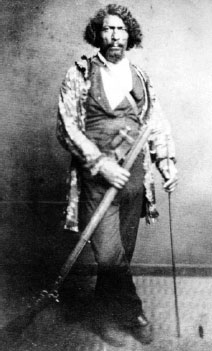
Next page
